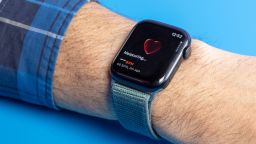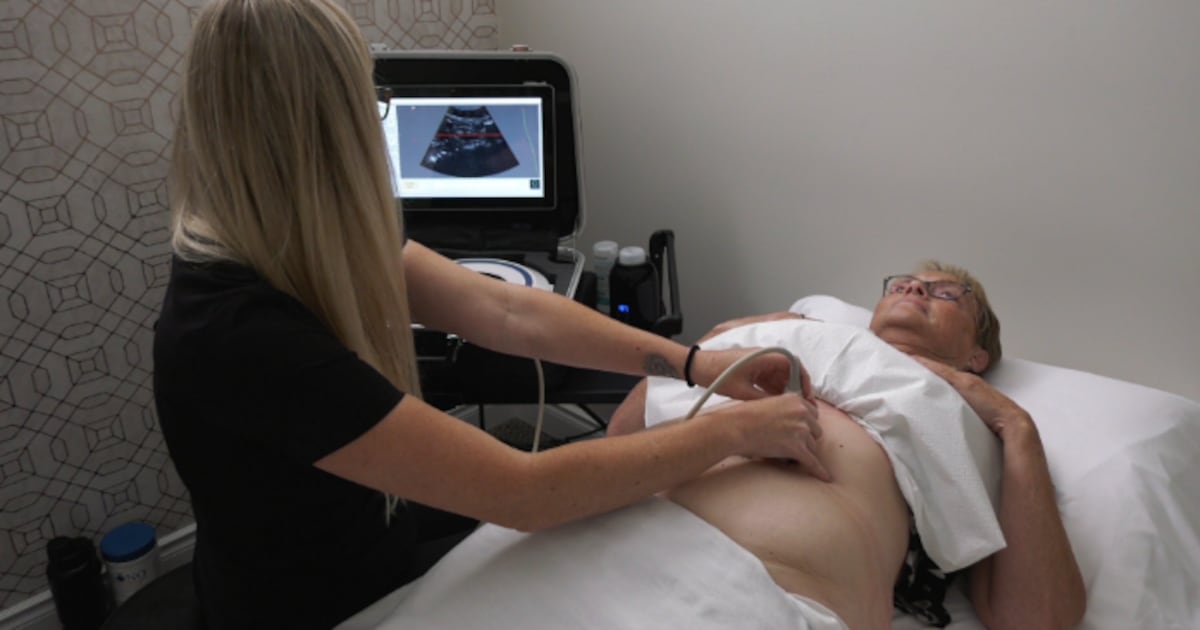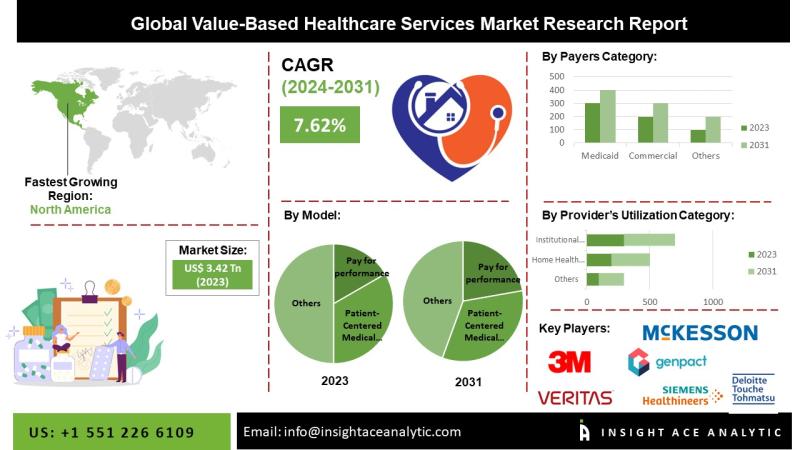Summary
Todays health and fitness trackers can measure sleep oxygen levels, stress levels and even glucose levels. Theyre increasingly being used as a window into our internal health. Is that a good thing?
Source: Cnn

AI News Q&A (Free Content)
Q1: How accurate are fitness trackers in measuring health metrics like sleep and stress levels?
A1: Fitness trackers utilize a variety of sensors, such as accelerometers and photoplethysmography (PPG), to estimate metrics like sleep patterns and stress levels. While these devices provide convenient and continuous monitoring, their accuracy can vary. For example, sleep tracking accuracy is generally higher for detecting sleep duration than for differentiating sleep stages. Stress tracking often relies on heart rate variability, which can be influenced by many factors, leading to potential inaccuracies.
Q2: What role do fitness trackers play in early health risk prediction?
A2: Fitness trackers are increasingly used for early health risk prediction due to their ability to continuously monitor various physiological parameters. Recent innovations in multi-sensor technologies have enhanced the ability of these devices to identify early indicators of health issues such as cardiovascular diseases and diabetes. By integrating data from multiple sensors, health professionals can gain comprehensive insights into a person's health, allowing for timely interventions.
Q3: What are the privacy concerns associated with the data collected by fitness trackers?
A3: Fitness trackers collect a vast amount of sensitive data, including movement, heart rate, and potentially even mood and sexual activity. This raises privacy concerns regarding how this data is stored and analyzed by companies. Users are often unaware of the extent of data collection and the potential for misuse, making it crucial for companies to implement robust data protection measures.
Q4: How do fitness trackers use heart rate data for emotion detection?
A4: Recent research has explored using heart rate data from fitness trackers for emotion detection. By analyzing heart rate variability, it is possible to infer emotional states. A study demonstrated the potential of using PPG data from devices like the Garmin Vivosmart 3 to predict emotional valence with a peak F1 score of 0.7, showcasing the practical application of this technology in real-world settings.
Q5: What are the challenges in using fitness trackers for stress detection?
A5: Detecting stress through fitness trackers involves measuring physiological responses like heart rate variability. However, stress levels are subjective and can vary significantly between individuals. Studies have shown that while devices can achieve reasonable accuracy for user-specific models, the accuracy drops when applied to different users, highlighting the challenge of generalizing stress detection across diverse populations.
Q6: What advancements have been made in wearable technology to improve health monitoring?
A6: Wearable technology has seen significant advancements, particularly in integrating multiple sensors to provide a holistic view of an individual's health. By combining biometric sensors with environmental data, wearables can offer insights into health risks and facilitate early intervention. Machine learning and AI play a pivotal role in processing complex datasets, enhancing the predictive capabilities of these devices.
Q7: How do fitness trackers contribute to managing diseases like flu and COVID-19?
A7: Fitness trackers, along with other mobile sensing devices, offer a unique opportunity to monitor behavioral changes that may indicate health issues such as flu and COVID-19. By leveraging self-supervised pretraining and transfer learning, these devices can predict disease onset even in small datasets. This capability enables timely interventions and improves individual health management during outbreaks.
References:
- Fitness tracker
- End-To-End Prediction of Emotion From Heartbeat Data Collected by a Consumer Fitness Tracker
- Innovations in quantitative rapid testing: Early prediction of health risks
- Keeping Pace with Wearables: A Living Umbrella Review of Systematic Reviews Evaluating the Accuracy of Consumer Wearable Technology





